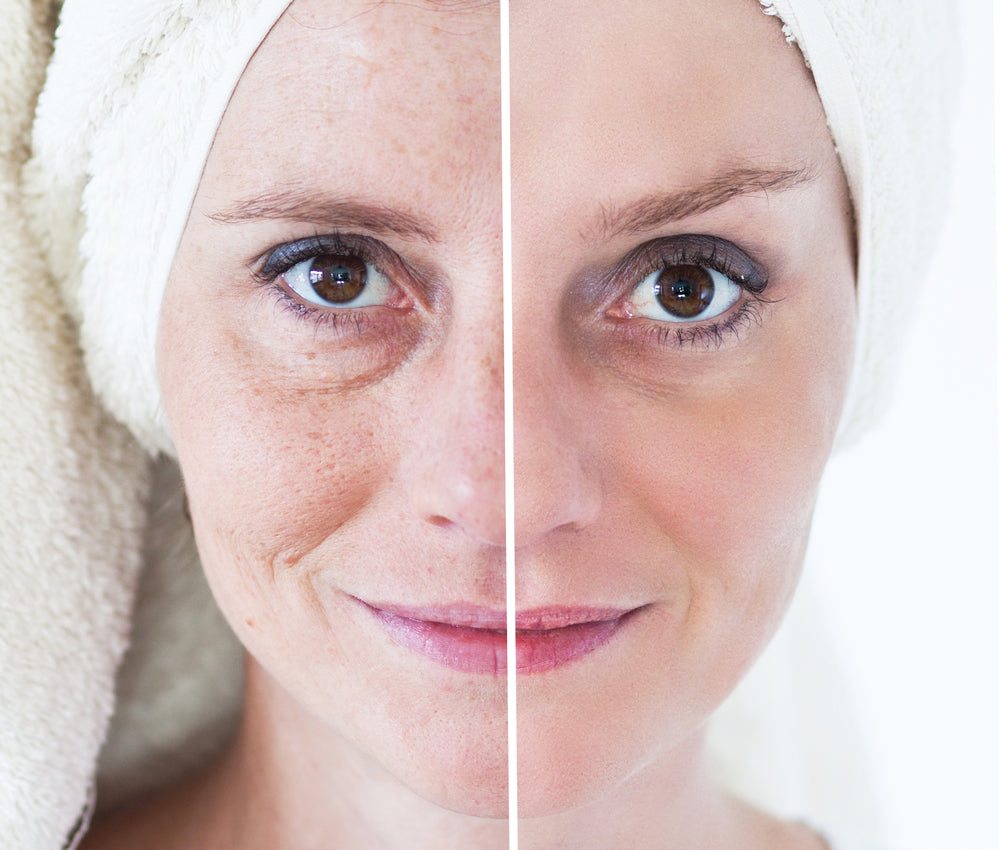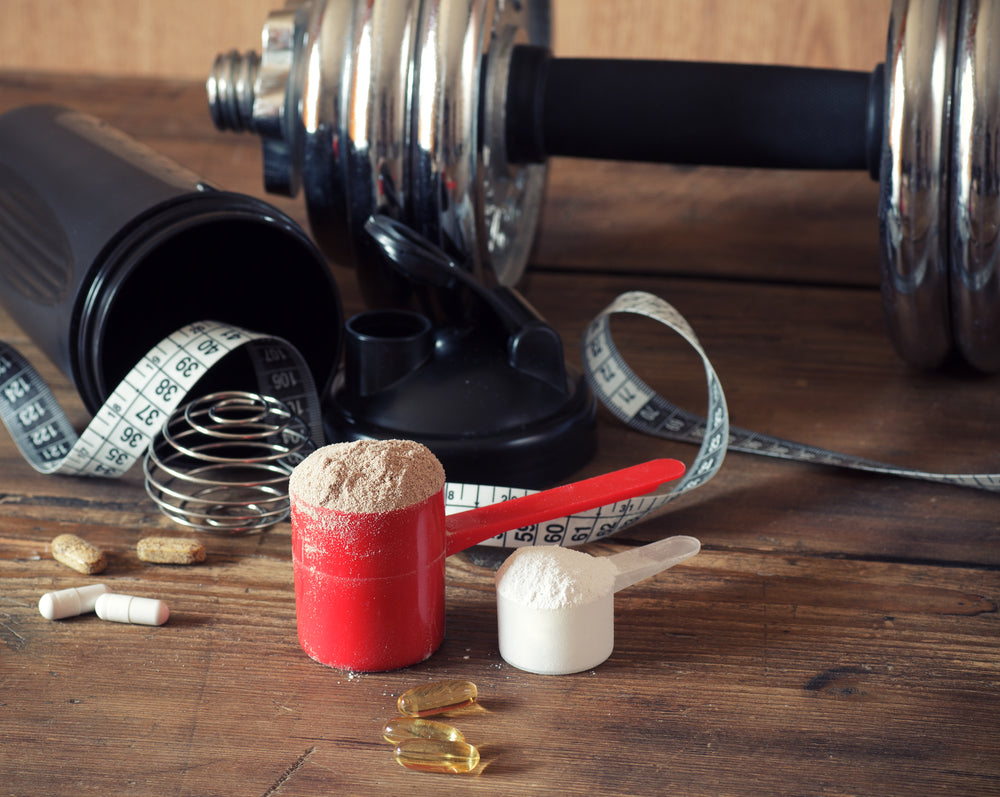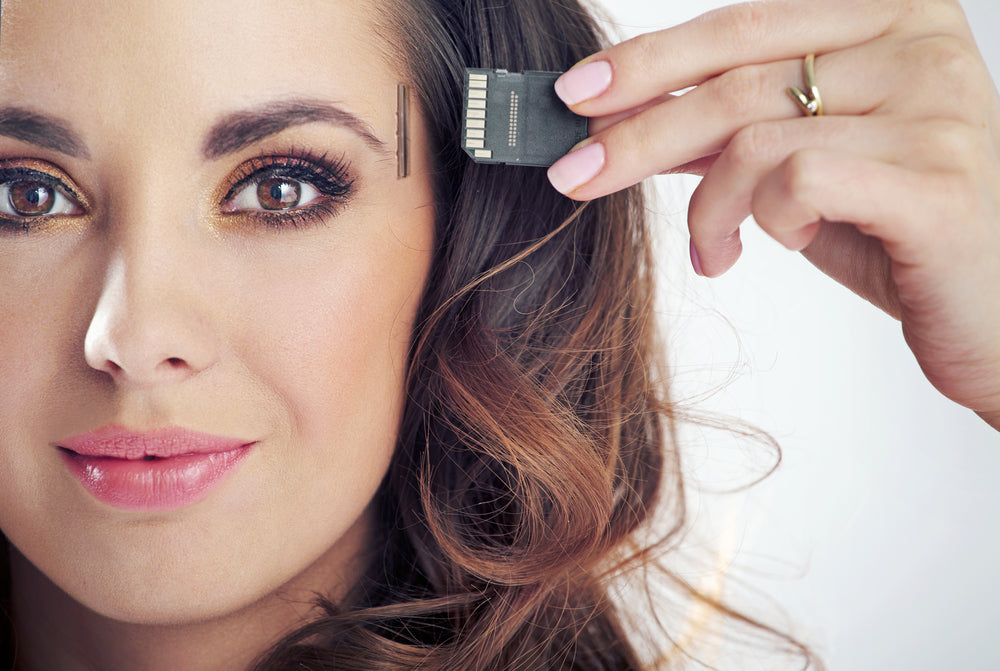What Is NAD+? Why You Need It, How It Works and How To Increase It In Your Body
Ever notice that you’re not quite as spry as you used to be? Or maybe your car keys have developed a mind of their own (you could have SWORN you put them on top of the fridge… spoiler alert: they’re in your pocket). These and other signs of aging may not be inevitable. They could be due to a lack of NAD in the body.
NAD+ is a powerful coenzyme which is absolutely essential for life, and science and an incredibly popular dietary supplement has suggested that its anti-aging properties provide benefits from head to toe. In this guide to NAD, you’ll find out what the science has to say about NAD and how it may help you think sharper, look sexier, and feel younger.
What is NAD+?

NAD+, or nicotinamide adenine dinucleotide, is a coenzyme found in all of our cells. It is essential for the metabolic processing of nutrients, meaning it determines how much of that salad you ate will power your body and how many of its vitamins and minerals will go to waste. As it’s a coenzyme (“co-,“ as in cooperate), it also binds with other proteins to help provide a variety of benefits such as DNA repair and cell repair.
So, what does NAD+ do? Basically, it keeps each cell running like a tiny, well-oiled machine.
When your cells live longer and function in top form, you enjoy clearer skin and thicker hair, more energy, and less brain fog. In other words, you feel (and look) young.
And what’s even better? Your body produces its own NAD+. That’s right. It’s FREE!
But there’s one problem. Studies on humans have clearly shown that NAD+ levels decrease as we age. This has led scientists to suggest that declining NAD+ levels are associated with signs of aging and age-related illnesses [1].
To test this theory, several studies have been conducted to see if introducing more NAD+ to the body can produce anti-aging effects and other benefits. Let’s take a look at the potential benefits we know about so far.
The Benefits of NAD
Can NAD really turn back the clock and make you feel like a kid again? We can’t say for sure. The science just isn’t conclusive. But, more and more studies on NAD are being published every year, and the results are promising.
NAD+ for Anti-Aging

According to scientific research, a key to staying young is efficient DNA repair. Each strand of your DNA contains the blueprint for your entire body, but when it gets damaged, it can cause cells to die or mutate. This can create a number of problems, including cancer.
NAD+ is essential for repairing DNA and has even been shown to make old (damaged) tissue look young again.
In a 2017 study, elderly mice with damaged tissue were given NAD+. Scientists observed an increase in protein interactions (remember, NAD+ is a helper coenzyme), which resulted in greater DNA repair in cells.
When scientists took samples of the old tissue after the supplementation, they found that it was identical to the tissue of three-month-old mice! According to the study, NAD+ had actually rejuvenated the tissue and made it appear young again [2].
To be clear, this is a recent study on mice, so we can’t say definitively if NAD+ will affect humans in the same way. However, the results of this study are astonishing.
NAD+ for Muscle Function

As we age, we slouch, get shorter, and become frail. But does it have to be that way? A recent study found that muscular function improved in mice that were given NAD+. These mice suffered from degenerative muscle diseases that affected their mitochondria—the part of the cell that processes nutrients (aka NAD+’s home office). These diseases, dystrophies, and myopathies are also common in humans as they age.
When the mice were given more NAD+, it helped to counter the degeneration and even improve muscle function [3].
NAD+ for Learning and Memory

Ever feel groggy and forgetful? Having a “senior moment” is one thing, but the degeneration of neuronal activity in the brain can lead to more serious conditions such as Alzheimer’s disease.
Recently, researchers have been experimenting on how NAD+ may improve cognition and reverse degeneration and dysfunction in brain cells. In a 2018 study on mice with Alzheimer’s disease, mice which were given NAD+ were found to have drastic improvements in memory after just one week [4].
For the study, one group of mice was given NAD+ and one group was not. Each mouse was then put into the same maze every day and observed. How fast could they learn the route to the cheese?
On the first day, both groups averaged just over 40 seconds. On the seventh day, the non NAD+ group still needed over 35 seconds to complete the maze. The NAD+ group was completing the maze in an average of 10 SECONDS.
Scientists looked closer and saw that these mice showed decreases in DNA damage, neuroinflammation, and neural cellular suicide (apoptosis) in the brain.
NAD+ for Skin Health

There’s no shortage of creams and oils on the market offering miracle cures for wrinkles, age lines, and blemishes. But the best way to treat cosmetic woes might come from within.
Those familiar with skin, hair, and nail supplements know that niacin is one of the key vitamins recommended for a youthful look. But why is that?
Research has shown that niacin (also known as vitamin B3) is what’s called a “NAD precursor.” This means that when you take niacin, it allows your body to produce more NAD+. A lack of niacin has long been associated with UV sensitivity in the skin, skin cell death, DNA damage (leading to moles, freckles, blemishes, etc.), and even skin cancer.
Now, research suggests that it’s not the niacin directly that may prevent these problems but the increased NAD+ in skin cells [5].
How does NAD Work?
We’ve seen a lot of ways that NAD might slow the aging process and make you feel youthful again, but could this little coenzyme really provide all of these benefits?
The truth is that NAD doesn’t provide any direct benefit to any part of your body. It simply helps your cells work better. Here’s how:
As we mentioned before, NAD is a “helper” coenzyme. It works by transporting electrons from one place to another inside a cell. So, you can think of each NAD coenzyme as a tiny shuttle bus responsible for taking electrons to work inside the mitochondria (the part of the cell responsible for metabolizing nutrients).
The more shuttle buses you have, the more electrons get delivered to the mitochondria. These electrons fuel chemical reactions that power the cell and keep your body healthy. In order to pick up electrons and move them from place to place, NAD triggers other reactions which keep the cell buzzing with life. When there aren’t a lot of NAD shuttle buses, fewer nutrients get processed by the mitochondria, and fewer reactions happen within the cell. As a result, your cells begin to age and die. Your body follows suit.
NAD+ and NADH
NAD has two forms: NAD+ and NADH. This makes sense, because the NAD shuttle bus can exist in two different states: full of electron passengers and empty.
We’ve talked a lot about NAD+, but what is NADH? And how are they different?
To put it simply, NADH is the way that NAD is described when the shuttle bus is full of electron passengers. NAD+ describes the NAD shuttle bus when it’s empty.
If you have a healthy lifestyle and take all your essential vitamins and minerals, your body already has what it needs. You simply need to add more empty NAD+ shuttle buses to trigger the reactions necessary to turn all those kale smoothies into vibrant health.
How to Increase NAD Levels Naturally

Alright, so that brings us to the million-dollar question:
HOW DO I GET MORE NAD SHUTTLE BUSES SO I CAN WAKE UP TOMORROW WITH ZAC EFRON’S BODY AND STEPHEN HAWKING’S BRAIN???
Well, NAD may not be able to make all your wildest fantasies come true. But, there are ways that you can get more NAD+ by making a few simple dietary choices.
To boost your NAD+ levels naturally, introduce the following into your diet:
- Milk: Chugging a glass of milk every day is a fast, natural, and healthy way to increase NAD. It’s full of Nicotinamide Riboside (NR), another NAD precursor, giving your body more of the raw materials it needs to produce NAD.
- Yeast: Don’t like milk? How about a beer? Yeast has even more NR than milk, making it a powerful NAD+ enhancing ingredient. That means fresh bread, cakes, pastries, and yes, even beer may help you stay young.
- Green vegetables: You know they’re good for you. Now they’re even better. Go for peas and asparagus for extra potent NAD+ boosts.
- Fatty fish: Tuna contains over 20 mg of NAD+ and salmon contains about 10 mg per cup. Sardines are also a NAD-rich and an affordable fishy option.
- Chicken: One serving of chicken contains over 9 mg of NAD+. But don’t expect to find the fountain of youth at KFC.
Other ways to help increase NAD production include getting regular exercise, eating more raw foods, and wearing sunscreen. Basically, you need to meet NAD halfway by keeping fit and healthy [6] [7] [8].
Where Can I Buy NAD Supplements?
Of course, you can only eat so much salmon and asparagus every day. And drinking too much beer will actually decrease your levels of NAD (what a buzz kill…). Luckily, you can get all the NAD you need from a NAD supplement.
NAD supplements are available everywhere from online retailers to your local convenience store. But watch out; many NAD supplements are full of artificial ingredients and fillers, and some may not actually contain what’s listed on the bottle. Choosing the best NAD supplement is crucial to getting all the benefits.
Our NAD supplements are absolutely packed with NAD goodness as well as a blend of other vitamins and minerals for full cell support. And, you won’t find any artificial fillers or misleading labels here. We guarantee that our ingredients have the strongest scientific backing to date to help you look young and feel great. It all starts with healthy, NAD-rich cells!
Due to increased demand, we're currently out of stock for this but are adding a waiting list for the product shortly.
References:
[1] https://journals.plos.org/plosone/article?id=10.1371/journal.pone.0042357
[2] http://science.sciencemag.org/content/355/6331/1312
[3] http://stm.sciencemag.org/content/8/361/361ra139
[4] https://www.ncbi.nlm.nih.gov/pubmed/29432159
[5] https://www.ncbi.nlm.nih.gov/pubmed/19149600
[6] https://www.ncbi.nlm.nih.gov/pubmed/19913571
[7] https://www.betterhealth.vic.gov.au/health/healthyliving/vitamin-b